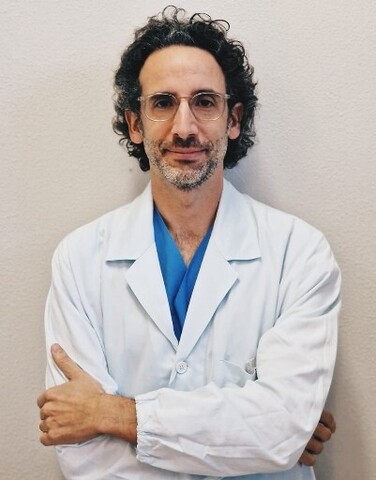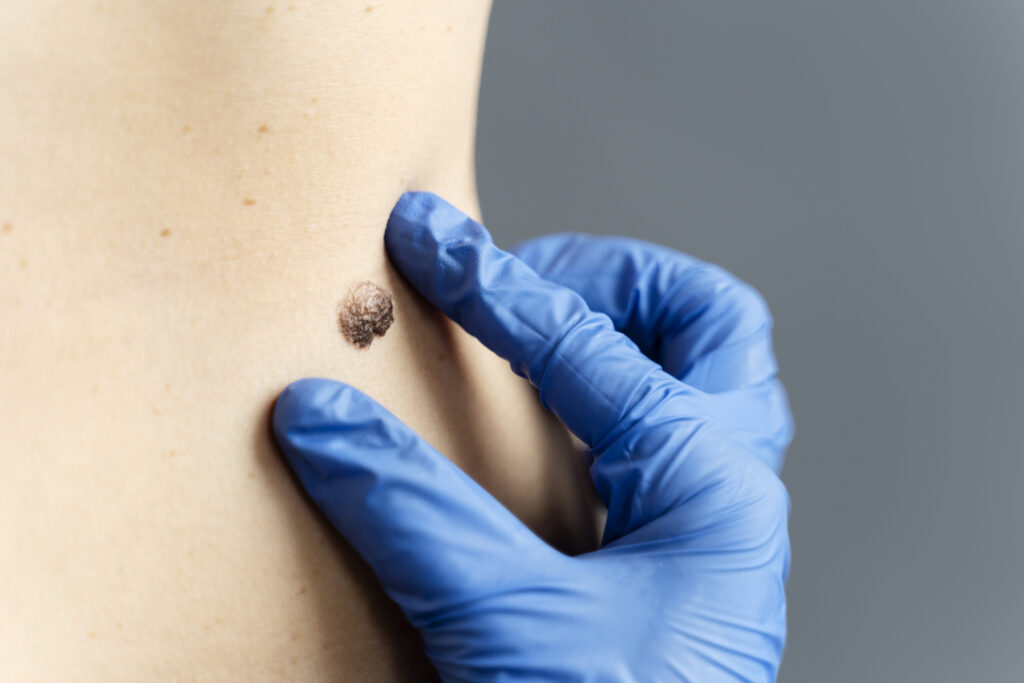Medical doctors and Surgeons
Non-Melanoma skin cancers: prevalence, risks, and innovative therapeutic approaches
Non-melanoma skin cancers are among the most prevalent cancers in Italy, with an incidence that continues to rise. Approximately 64,000 new cases of basal cell carcinoma—the most common non-melanoma skin cancer—and around 19,000 cases of squamous cell carcinoma are reported annually. A number that has more than doubled over the past twenty years, according to data from the Italian Association of Medical Oncology (AIOM).
Dr. Silvio Abatangelo, a specialist in plastic surgery with extensive experience in oncological dermatologic surgery, and Medical Director at the Reconstructive Plastic Surgery Unit of ASST Nord Milanese, Città di Sesto San Giovanni Hospital, highlights that these figures underscore the need for heightened attention to these conditions, which are often underestimated compared to melanoma, despite some cases having equally severe outcomes.
Non-Melanoma skin cancers
There are several types of non-melanoma skin cancers. The most common is basal cell carcinoma, followed by squamous cell carcinoma. Less frequent, but still significant, types include basosquamous carcinoma, Merkel cell carcinoma, known for its aggressiveness, and extramammary Paget’s disease. According to Dr. Abatangelo, these tumours can present in various forms: «They may appear as nodules, a reddish patch, an ulcer, or a scab, as well as friable pseudo-granulation nodules. The diverse clinical appearance of these lesions often makes immediate diagnosis challenging, especially in cases where symptoms are nonspecific».
Incidence and risk factors

In Italy, the incidence of non-melanoma skin cancers is steadily increasing. Dr. Abatangelo notes that «in Italy, we see around 19,000 new cases of squamous cell carcinoma annually». A figure more than double that of twenty years ago. Additionally, «one in three Italians will develop basal cell carcinoma at some point in their life» with about 64,000 new cases each year. Major risk factors include chronic sun exposure, which, combined with genetic predisposition, contributes to the development of these cancers. People with Fitzpatrick skin types I or II are particularly vulnerable. Certain genetic conditions, such as oculocutaneous albinism and basal cell nevus syndrome, also increase risk.
Other risk factors include immunosuppression. Whether due to organ transplants or conditions like leukaemia or lymphoma, which can weaken immune surveillance. «Chronic inflammation, such as long standing ulcers or scars, particularly burn scars, predispose individuals to squamous cell carcinoma formation», adds Abatangelo.
Challenges in diagnosing non-melanoma skin cancers
One of the primary challenges in managing non-melanoma skin cancers is the difficulty in diagnosis due to often nonspecific symptoms. Dr. Abatangelo observes that «associated symptoms can be subtle because they may be nonspecific, like itching or a foreign body sensation». This often leads to misdiagnoses, with cancers mistaken for simple eczema or acne, delaying necessary treatment. In advanced stages, tumours may show more obvious signs. They can be skin infections, chronic bleeding, heavy discharge. In some cases, also, lymph nodes or distant metastases, making treatment significantly more complex.

Surgery remains the primary treatment option for non-melanoma skin cancers. According to Dr. Abatangelo, «oncological dermatologic surgery, if performed correctly, results in a cure in 97% of cases». For selected cases, particularly with superficial tumours like basal cell carcinoma or Bowen’s disease, conservative approaches such as topical chemotherapeutic agents or photodynamic therapy may be employed. The latter, as Abatangelo explains, «involves the interaction between previously applied photosensitizing substances on the skin lesion and UVA radiation at specific wavelengths», selectively destroying tumour cells.
For more advanced cases, especially in patients with metastatic squamous cell carcinoma not amenable to surgery, recent developments in immunotherapy offer new possibilities. Dr. Abatangelo references the use of monoclonal antibodies, such as Cemiplimab, an anti-PD1 agent that has shown promising results in patients unsuitable for surgery.
Screening and Sunscreen Use to Prevent Skin Cancers
Finally, prevention plays a critical role in reducing the incidence of non-melanoma skin cancers. In addition to sunscreen use, Dr. Abatangelo emphasises the importance of raising awareness among both the general population and healthcare providers: «Screening campaigns and training programs are essential to avoid diagnostic delays and late treatments». Non-melanoma skin cancers represent a significant challenge. Thanks to early diagnosis and appropriate treatments, therapeutic outcomes can be highly satisfactory. In this way a good quality of life for patients is ensured. It is advisable to have an annual dermatological examination, including mole mapping, unless there are risk factors that necessitate closer monitoring.




































